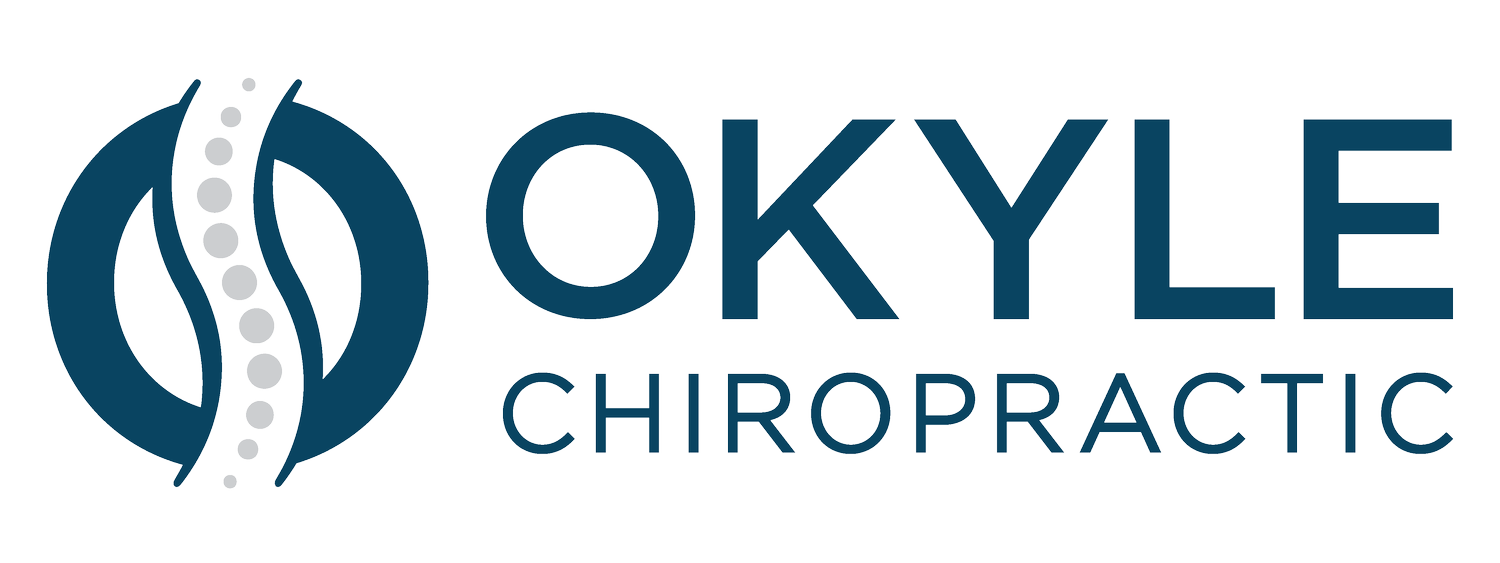CHIROPRACTIC CARE AND HEADACHES
Headaches affect millions of people every day, ranging from mildly annoying to completely disabling. There are several different types of headaches, each with its own unique set of symptoms, triggers, and causes:
Migraines are often described as throbbing or pulsating pain, usually on one side of the head, and may be accompanied by nausea, light and sound sensitivity, and visual disturbances (auras). They are neurologically based and can last hours to days. Chiropractic care is helpful in many migraine cases when part of a multi-faceted treatment plan.
Tension-type headaches are the most common and typically feel like a dull, constant pressure around the head, often described as a tight band. They’re usually related to stress, muscle tightness, and poor posture. Chiropractic care is very effective for tension-type headaches and symptoms often resolve with soft tissue work and posture correction.
Cluster headaches are rare but extremely severe, often striking in cyclical patterns. They cause intense, stabbing pain around one eye or temple, sometimes with tearing or nasal congestion on the affected side. There may be some benefit for cluster headaches with chiropractic care when rendered in conjunction with care from a neurologist.
Sinus headaches are linked to sinus infections or congestion and typically cause pressure and pain in the forehead, cheekbones, and nasal area. Chiropractic care may be helpful for sinus headaches when complemented with other care modalities.
Cervicogenic headaches, the focus of this article, are often underdiagnosed and misclassified — yet they’re highly responsive to conservative, hands-on care. Chiropractic care is highly effective and is typically the most responsive for cervicogenic headaches.
How Chiropractic Care Can Help
Chiropractors are trained to diagnose and treat headaches by addressing the root cause — not just masking the symptoms. Here are a few highly effective techniques used in our practice:
1. Soft Tissue Therapy
Chronic muscle tension in the neck and shoulders can compress nerves and create imbalances that refer pain into the head.
By applying targeted pressure to these tight areas, soft tissue therapy:
Relieves muscular tension
Improves blood flow
Enhances mobility
Reduces the frequency and severity of headaches
2. Trigger Point Therapy
Trigger points — hyperirritable nodules in tight muscles — are common contributors to headaches.
Chiropractors use manual pressure to:
“Release” these knots
Reduce referred pain
Restore muscle function
Many patients report immediate relief after trigger point therapy, especially in the suboccipital and upper trapezius regions.
3. Instrument-Assisted Soft Tissue Manipulation (IASTM)
Using specialized tools, IASTM helps break down scar tissue and fascial restrictions that limit mobility and contribute to tension patterns.
Benefits include:
Faster recovery from soft tissue injuries
Enhanced range of motion
Decreased pain sensitivity
This technique is particularly effective for patients with chronic neck tension or who have developed compensatory movement patterns.
4. Chiropractic Adjustments
Misalignments or restricted movement in the cervical spine can irritate surrounding nerves and muscles, contributing to headaches — especially cervicogenic and even some migraine and tension-type headaches.
Gentle spinal adjustments can:
Restore normal joint motion
Reduce nerve irritation
Improve posture and biomechanics
Promote blood flow and reduce tension
Many patients report relief after just a few adjustments, particularly when the headache is linked to neck dysfunction.
5. Lifestyle Modifications
Sustainable relief often comes down to what you do outside the treatment room. We help patients identify and adjust the daily habits that may be triggering their headaches, such as:
Poor workstation ergonomics
Forward head posture from excessive screen time
Inadequate hydration and sleep
Lack of regular movement or stretching
We also provide tailored exercises to improve posture and strengthen stabilizing muscles in the neck and upper back, helping prevent future episodes.
If you’ve been struggling with headaches and suspect your neck might be playing a role, chiropractic care offers a non-invasive, medication-free option that treats the source — not just the symptoms. By combining soft tissue techniques, trigger point therapy, IASTM, adjustments, and simple but powerful lifestyle changes, many of our patients experience lasting relief and a noticeable improvement in their quality of life.
Any questions? Feel free to reach out to our office via phone or text: (310) 880-9663. Happy healing!
Disclaimer: The information provided on this chiropractic blog is for general informational purposes only and is not intended as a substitute for professional medical advice, diagnosis, or treatment. Always seek the advice of your physician or another qualified health provider with any questions you may have regarding a medical condition. Never disregard professional medical advice or delay in seeking it because of something you have read on this blog. If you think you may have a medical emergency, call your doctor or 911 immediately. Reliance on any information provided by this blog is solely at your own risk.
